Sometimes everything that you want to do with your weaving isn’t possible with weaving itself.
Sometimes it is possible, but it could be a lot easier!
Using embroidery with your weaving is a great way to add something extra to the surface of your weaving that can create both texture and interest.
Outline, define, and enhance.
Let’s first start out with some embroidery info! I recently did a blog post on the difference between weaving, knitting, and crochet. These three fiber arts are ways to create a textile – essentially creating a surface. Embroidery is different because it is meant to be used on a surface.
Embroidery does not make fabric, but it adorns it. That does not mean that it is purely decoration. In fact, it has a rich history and can be used in many different ways as an Art form in itself.
Embroidery works so well with weaving because it allows you to easily add to your weaving outside of the regular weaving grid.
Embroidery techniques you can use on your weaving:
Couching to add extra non-yarn materials
Couching to add large yarn
French knots for dots
Chain stitch, stem stitch, or back stitch for outlines
Straight stitch for details
Satin stitch to fill in small areas or add emphasis
Couching
One of my favorite things to do with couching is to use it to add non-yarn materials to your weaving.
This works for organic material of basically any shape or size!
If you are couching something and the yarn you use stands out a lot then you can wrap the couched yarn with a matching weft yarn. This will help it to blend in a little and make it look more intentional. You can see that I did this in the picture below.
Ok, so the sticks in this picture are not actually couched onto the weaving… but instead embedded in the weaving itself. That being said, the weft wrapping works exactly the same!
Couching works really well when you want to add some larger yarn to your weaving as well.
This is a great method to create beautiful smooth lines that are otherwise hard to create with the pixelated weaving format. You can outline woven shapes, or just create brand new 3 dimensional areas on your weaving surface.
There are now 2 ways to take it – either purchase the whole course at once for a discount or “create your own” course by purchasing just the parts you want! Either way, get 10% off for being a member of the Warped Community!
How to couch on your weaving
Couching is probably one of the easiest embroidery techniques I will be going over because the yarn or thread you are using is not meant to be a part of the piece.
Instead, its only goal is to keep something else (yarn or other materials) in place. Due to this, you can afford to be a little less precise.
Start out with your couching yarn on your tapestry needle and a knot tied to the end so it does not come back through the weaving surface. The yarn will come through the back of the weaving.
Place your object or large yarn on the weaving surface and bring the couching yarn around it and go back through the weaving. Make sure that when you are going through your weaving that you are going between wefts and not through them. You do not want to pierce the yarn!
Continue across the object in equal increments and when you get to the end finish your couching yarn like a weft tail.
If you want to wrap your couching yarn for some emphasis you can come through the back of the weaving just like when you started and bring it around the yarn until it is completely covered. The wrapping yarn can travel to the next couching yarn on the back.
French Knots
French knots are a great way to make small 3-dimensional dots on your weaving.
They can be used to simply add small areas of texture or just individual dots around your weaving. These simple knots are also a good stand-in for small bunched flowers. The size of the yarn that you use can make a big difference on the knots themselves.
Thicker yarn will produce more prominent knots – but make sure the yarn is not too large that it displaces the weft it goes through.
How to do a french knot
Start from the back of the weaving with a regular overhand knot to keep it from coming through.
Wrap your embroidery thread or yarn around your needle 1 to 3 times depending on how big you want the french knot to be.
While wrapping the yarn around the needle keep it tight the whole time. This will help to make sure the knot does not just become a bunch of messy loops.
Next, insert your needle back through your weaving directly next to the knot and pull all the way through. You can travel on the back of the weaving for the next french knot and finish just like a weft tail.
Outlining Stitches
Using chain stitch, stem stitch, or any other simple embroidery stitch on the surface of your weaving can be a great way to add some texture and outlining to certain areas.
Which one of these embroidery stitches you use depends on the style that you want for your weaving.
The chain stitch is a great 3-dimensional braid-like line that you can use with smaller yarns to make them fuller.
Stem stitch looks like a twisted piece of yarn that makes an interesting outline that is straighter than your chain stitch.
How to do a chain stitch
The chain stitch comes from the back of the weaving and back around adjacent to where it came out leaving a small loop. You will then come back through the loop and continue the process for the entire stitch.
Your chain stitch does not only work for outlines. You can also use it to fill in spaces! Use small chain stitches next to each other to create a textured raised surface on your weaving.
How to do a stem stitch
A stem stitch is constantly coming back on itself.
Start by coming up through the back of the weaving and going back down through it in a straight line (at the end of the previous stitch.)
When you come up next you will come up in the middle of the straight line instead of at the end.
Continue for the entirety of the stitch. With this one, you will have to be careful going around curves, so keep in mind that you will probably have to create smaller stitches to avoid gaps.
Interested in the back stitch?
It is the opposite of the stem stitch. Actually, if you look at the back of your stem stitch – it IS a back stitch. Instead of coming up through the middle of your stitch you will always come up at the end of your stitches.
More embroidery stitch weaving options
Straight stitch – Actually the easiest stitch that you could ever use.
A straight stitch is when you come up through the back of your surface and back down in a line. That is it.
This creates a really simple line that could be used to create stripes or lines. These lines could be as long or as short as you want. The longer the line, though, the looser it will be. You could add a bunch of short lines in an area in different directions to create shading or a fun pattern.
Satin stitch – A stitch used to fill in areas with color created by placing straight stitches adjacent to each other in very close proximity.
Due to their closeness, you should not be able to see the surface of the weaving between each stitch.
You can either fill in with the satin stitch by coming up across the weaving and coming up adjacent to the previous stitch – which will make the front and the back look the same or bringing up the thread adjacent to the previous thread each time.
This could also be used to add a 3-dimensional effect to tapestry shapes!
Honestly, you could add almost any of the many embroidery stitches to your weaving surface to add dimension, texture, and emphasis! These are only a few of the simplest options that you can use. Try out some of these techniques and let me know what you like!
⇣ Love It? Share It! ⇣
You May Also Like


















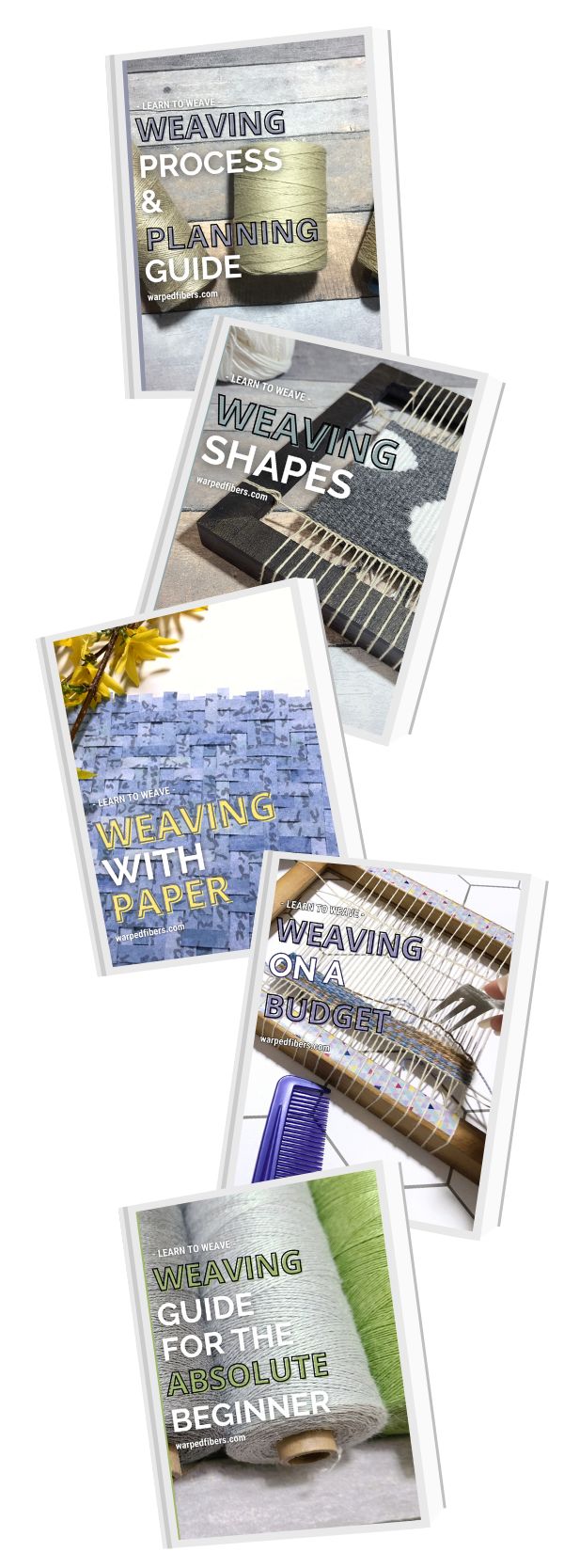
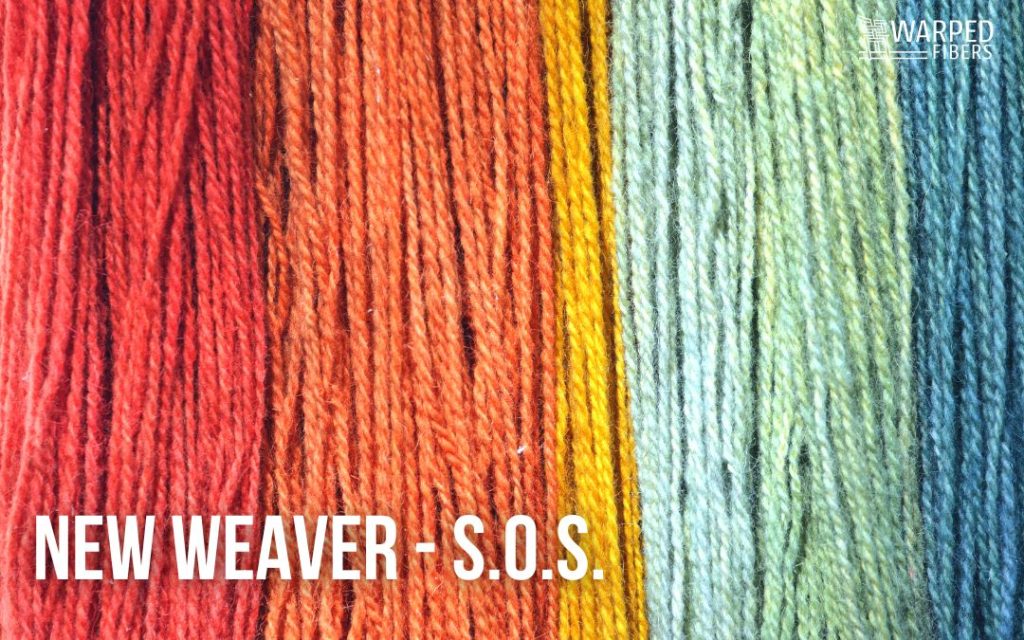

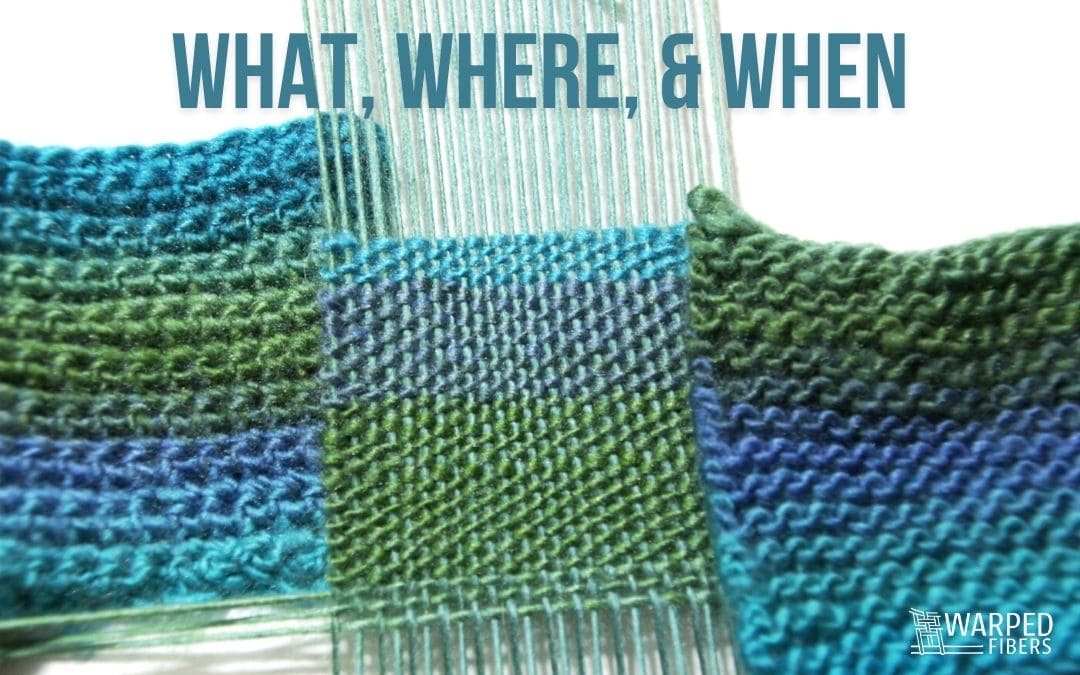

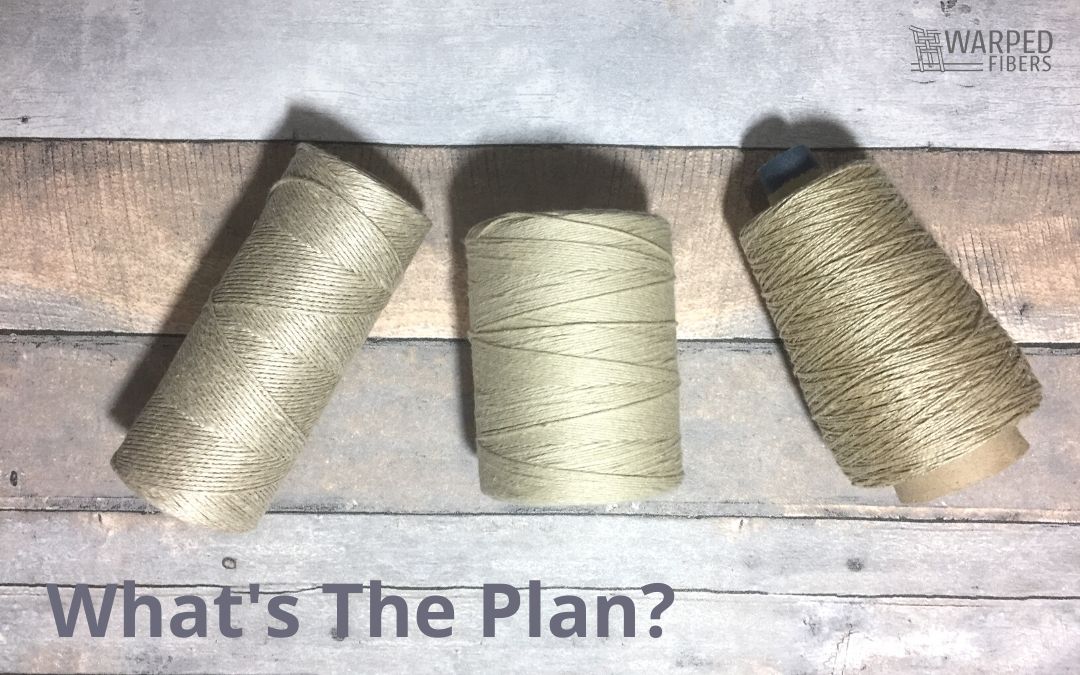

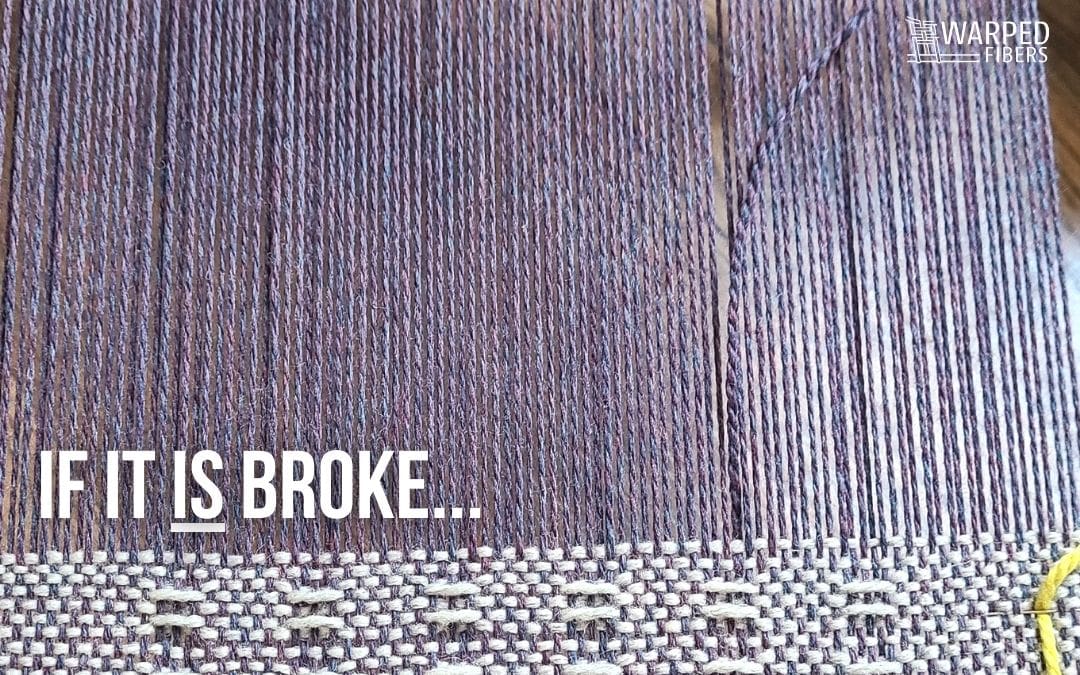

is it possible to stitch words into my weaving with any of these techniques?
Absolutely! Any type of embroidery that you can do on fabric you will be able to do on a weaving. Stitching words is a really great way to incorporate text into your weavings!
Wow! Totally never thought of adding Embroidery stitches to my weaves!! What a great idea, and your directions and suggestions are really helpful.
I just “found” you through Pinterest, so now you’re saved and followed!
Thank you so much! Glad you found this helpful!
All your posts are so descriptive and detailed. Thank you so much for this ❣️ I’m a rookie beginner and I’m still working on my cardboard loom. Thanks again for your instructions ❣️
So happy they can help you! Good luck on your weaving adventures!
Thank you so much!
You’re welcome! Glad you found this helpful 🙂
This is a really informative post, and your work is beautiful! Thank you for sharing!
This is quite impressive
Wow! You do beautiful work! Great informative post!
That looks really impressive. I’ve done some minor stitching but nothing compared to this.